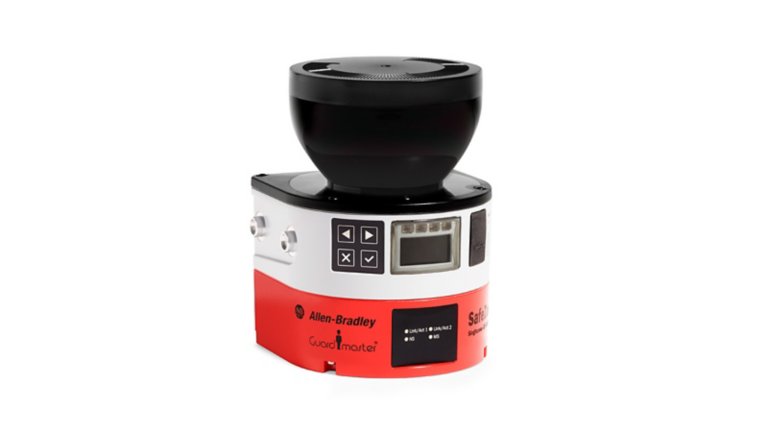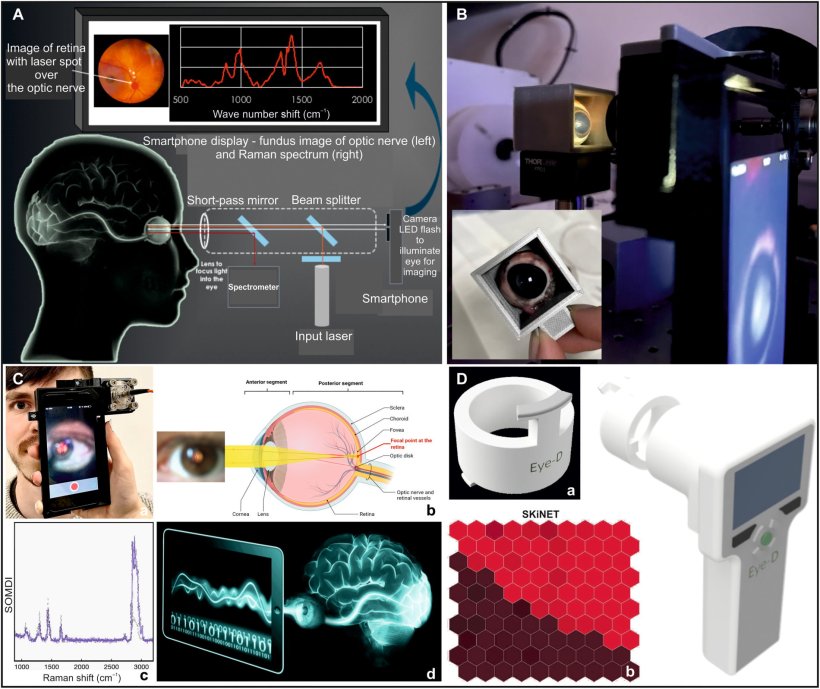Excellent Tips To Picking A Safe Laser Device
Excellent Tips To Picking A Safe Laser Device
Blog Article
How Does Safe Laser Low-Level Laser Therapy (Lllt) Aid With Dental Problems?
Reduced inflammation - LLLT reduces inflammation by preventing the release proinflammatory Cytokines. It also stimulates the production of anti-inflammatory mediators. For dental issues such as gingivitis and periodontitis, LLLT can help reduce inflammation of the gums which can lead to better gum health.
LLLT accelerates the process of tissue regeneration and repair by promoting cell metabolism. LLLT may be used in dental procedures, such as oral surgery and periodontal treatments to improve wound healing and reduce post-operative discomfort.
Pain Relief LLLT alters the perception of pain by altering nerve conduction and decreasing the release of pain mediators such as substance P. When performing dental procedures LLLT helps to reduce post-operative sensitiveness and pain.
Disinfection- LLLT is antimicrobial and can reduce the amount of bacterial burden in the mouth cavity. It can be utilized as an adjunctive treatment in the treatment of oral diseases such as oral ulcers or peri-implantitis, through promoting the clearance of bacterial infections and preventing further spread of infection.
Treatment of Temporomandibular Joint (TMJ). LLT can be used to lessen inflammation, muscle tension, and jaw pain. It also helps by reducing the sound of popping and clicking and limited movement.
Reduced severity of Oral Mucositis- LLLT has been proven to reduce the severity of oral mucositis, which is a frequent side effect of chemotherapy as well as radiation therapy for cancer patients. It is able to ease pain and promote healing in oral mucosal lesion.
The growth of healthy tissues - LLLT stimulates the proliferation of gingival fibroblasts. It also promotes the development of healthy tissues. This can be beneficial in treating gingival recession, or in promoting the attachment of gingival tissues to dental implants.
Safe Laser's low-level laser treatment is a non-invasive, drug free way to manage dental issues. It can help speed up healing, reduced pain, and improved oral health. It is nevertheless important to consult with a licensed dental professional before applying LLLT on dental problems. It will guarantee that you receive the correct diagnosis and recommended treatment. Take a look at the best lágylézer for site tips including lézer bérlés, lézer bérlés, lágylézer ár, lágylézer kezelés árak, lagylezer terapia, safe laser kezelés budapest, lágylézer kezelés budapest, lagylezer terapia, laser kezelés, lagylezer terapia and more.
What Can Low-Level Laser Therapy Assist With Ear Problems (Lllt?)
LLLT can reduce inflammation and pain in the ear canal, middle ear or the eardrum. LLLT can help to reduce inflammation in conditions like Otitis (inflammation of the ear canals outside) and Otitis (middle ear infections).
LLLT aids in reducing the pain associated with ear disorders like earaches, otitis and ear aches.
Increased Tissue Regeneration and Repair- LLLT increases the rate of tissue repair and regeneration through stimulating the cellular metabolism. LLLT promotes faster tissue regeneration and repair in cases of otitis media or eardrum punctures. This reduces the risk of complications, while also improving overall well-being of the ear.
Improved Circulation LLLT promotes microcirculation by increasing vasodilation. This improves blood flow to the ear tissue. The improved circulation assists in delivering nutrients and oxygen to the damaged or inflamed tissues. This aids in healing.
Tinnitus Management - LLLT is a method to treat tinnitus-related symptoms that manifest as a ringing or buzzing. While the exact mechanism of LLLT is not known, it may increase blood flow to the auditory system and decrease inflammation, resulting in reduced hearing.
Reduced Earwax buildup LLLT could help soften and break down earwax (cerumen) buildup in the ear canal, making it easier for its elimination and reducing the risk of ear blockage or infection. It's particularly beneficial for people who have excessive earwax or who suffer from earwax impaction.
Safe Laser low-level therapy provides a noninvasive and drug free approach to treating various disorders of the ear, as well as alleviating symptoms such as inflammation discomfort and earwax. Consult an ENT (ear nose, ear and throat) specialist to get an accurate diagnosis of the problem and to get recommendations for treatment. See the top rated safe laser 500 ár for blog recommendations including safe laser használata, lagy lezer, lágylézer készülék, lézer kezelés hatása, lágy lézer kezelés, lágylézer hatása, mozgásszervi problémák, lágylézer vásárlás, safe laser használata, lagylezer terapia and more. 
How Long Is It Before A Dental Laser Is Able To Be Used For Treating Dental And Oral Issues?
Safe Laser Low-Level Laser Therapy (LLLT) is a treatment that can offer numerous benefits for dental and oral issues. The results can vary dependent on the particular issue that is being treated, how serious the problem is, an individual's general oral health and his/her response to treatment. LLLT is usually recommended over a period of time in order to obtain the best results.
The type and the severity of your conditionThe kind of dental or mouth condition that you're treating may affect the number of LLLT sessions you require. Periodontitis and gingivitis could require different treatment techniques and a variety of LLLT treatments.
Individual Response To Treatment- Personal factors, such as the overall oral health of the person, their immune system, and their healing capacity will affect the way they react to LLLT. Certain people may respond more quickly to treatment and experience more rapid improvement in symptoms however, others might require long-term treatment.
Treatment Protocol - A dental professional's treatment protocol will determine the frequency and number of LLLT sessions required to address oral and dental issues. Healthcare providers may tailor the treatment plan to each individual's needs, which may include scheduling LLLT sessions at least once per week or at specific intervals over a long period of time.
Chronic as opposed to. Acute disorders- The distinction between chronic and acute condition may also impact the number of LLLT sessions that are needed. For instance, acute conditions like oral ulcers or post-operative pain might require fewer sessions for relief, while chronic conditions like periodontitis and TMJ issues may require more extensive treatment.
While some people will experience improvement in their dental or oral issues after a couple of LLLT sessions, other patients may need a more prolonged course of treatment to get optimal results. To benefit the most from LLLT therapy, it is essential to follow the guidelines from a dentist and to attend the scheduled sessions. To ensure proper management of dental issues, communicating with your practitioner is crucial.